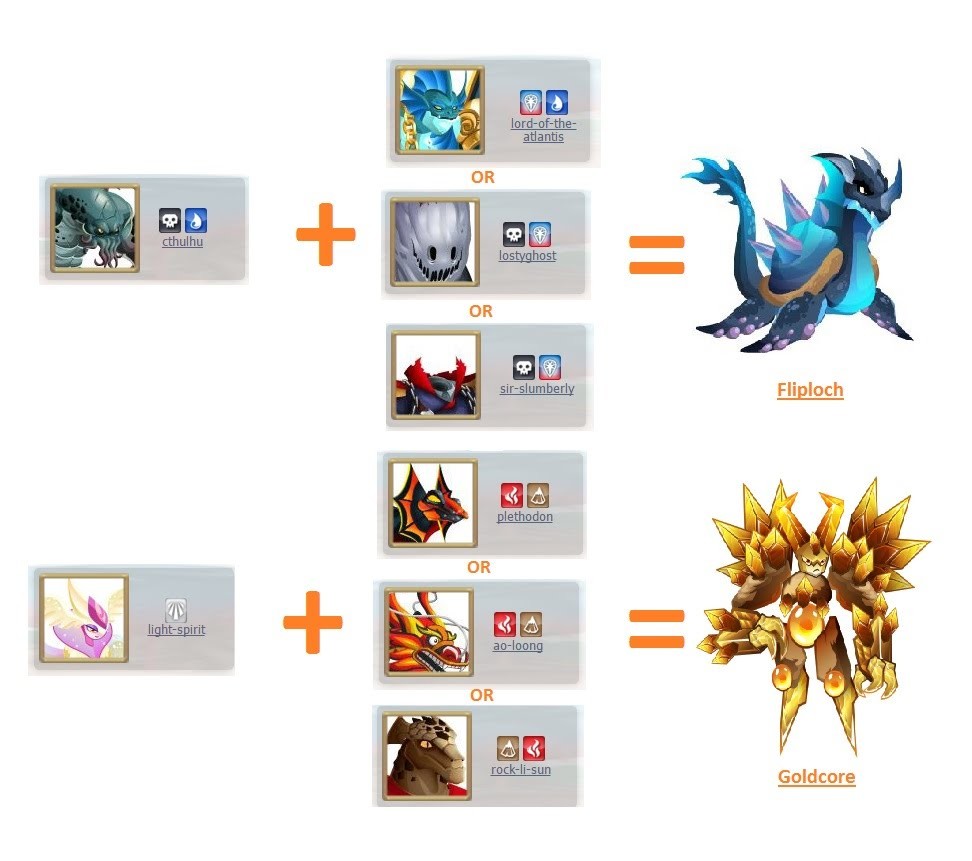


In Russian folklore, the Chuchuna is an entity said to dwell in Siberia. The latter is taken from a written statement by Frank Smythe's sherpas in 1937. Local legend holds that "anyone who sees one dies or is killed". Bun Manchi – Nepali for "jungle man" that is used outside Sherpa communities where yeti is the common name.Migoi or Mi-go ( Tibetan: མི་རྒོད་, Wylie: mi rgod, ZYPY: Migö/Mirgö) translates as "wild man".Dzu-teh – 'dzu' translates as " cattle" and the full meaning translates as "cattle bear", referring to the Himalayan brown bear.Michê ( Tibetan: མི་དྲེད་, Wylie: mi dred, ZYPY: Michê) translates as "man- bear".Other terms used by Himalayan peoples do not translate exactly the same, but refer to legendary and indigenous wildlife: Tibetan lore describes three main varieties of yetis-the Nyalmo, which has black fur and is the largest and fiercest, standing around fifteen feet tall the Chuti, which stands around eight feet tall and lives 8000 to 10000 feet above sea level and the Rang Shim Bombo, which has reddish-brown fur and is only three to five feet tall. Pranavananda states that the words "ti", "te" and "teh" are derived from the spoken word 'tre' (spelled "dred"), Tibetan for bear, with the 'r' so softly pronounced as to be almost inaudible, thus making it "te" or "teh". The word Yeti is derived from Tibetan: གཡའ་དྲེད་, Wylie: g.ya' dred, ZYPY: Yachê, a compound of the words Tibetan: གཡའ་, Wylie: g.ya', ZYPY: ya "rocky", "rocky place" and ( Tibetan: དྲེད་, Wylie: dred, ZYPY: chê) "bear". Without proper rendering support, you may see very small fonts, misplaced vowels or missing conjuncts instead of Tibetan characters.


 0 kommentar(er)
0 kommentar(er)
